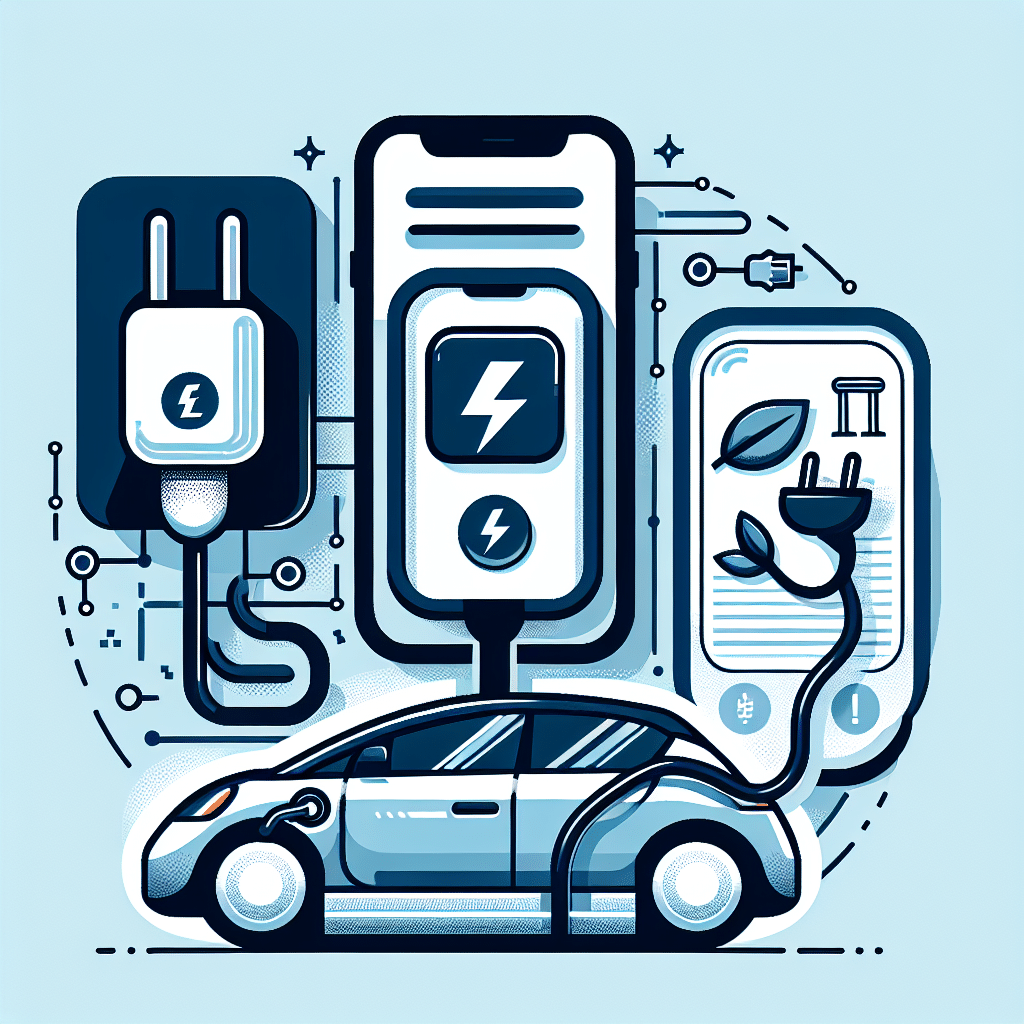Understanding EV Charging Apps
With the rise of electric vehicles (EVs) comes the need for effective charging solutions. EV charging apps play a crucial role in simplifying the user experience for EV drivers seeking charging stations. These applications help users locate charging stations, plan routes, and manage their charging sessions. A compelling user interface and seamless functionality are essential elements of a good EV charging app.
Popular EV Charging Networks
1. ChargePoint
One of the most extensive charging networks, ChargePoint offers numerous charging stations across the USA and beyond. The ChargePoint app provides real-time availability, pricing, and station features. Users can track their charging history and access essential stats related to their vehicle’s performance.
2. EVgo
EVgo specializes in fast charging with a network that spans major metropolitan areas. Their app offers features such as charging station locations, real-time availability, and payment options. Unique to EVgo is their partnership with various automakers, providing seamless access for drivers through their vehicle’s software.
3. Electrify America
A subsidiary created as part of Volkswagen’s diesel emissions settlement, Electrify America focuses on building a robust charging infrastructure. Their app includes GPS features to help locate charging stations and detailed information on charging speeds, costs, and network availability.
Key Features of EV Charging Apps
1. Real-Time Data
Real-time data is critical for EV drivers. It helps users find available charging stations and provides information on potential wait times. This feature enhances convenience, especially during long-distance travel.
2. Payment Integration
Seamless payment integration is another vital aspect. Users can typically pay through the app, which simplifies the charging session. Many apps support multiple payment methods, including credit cards and digital wallets, allowing flexibility for users.
3. Route Planning
Many charging apps include route-planning features, enabling drivers to plan trips based on charging station locations. Users can input their destination, and the app will identify optimal charging stops along the way.
4. User Reviews and Ratings
Feedback from other users can greatly influence the charging experience. Apps often provide a review feature for stations, helping drivers choose locations based on the user experience. Whether it’s about service quality or charging speed, user ratings can provide crucial insights.
Considerations for Using EV Charging Apps
1. Compatibility
Not all charging stations are compatible with every EV model. It’s important for users to ensure that the stations they select are suitable for their vehicle. Apps often include filters to help users identify compatible stations easily.
2. Charging Speed
Charging stations vary in speed, and this can be a critical factor, especially for long trips. Apps often categorize stations by charging rate (Level 1, Level 2, or DC Fast Charging), allowing users to prioritize faster options when necessary.
3. Membership Programs
Some networks offer membership programs that provide access to lower rates for users. While the initial membership fee may deter some users, the long-term savings can be significant, particularly for frequent drivers.
The Role of Public vs. Home Charging Apps
Public Charging Apps
Public charging apps tend to focus on maximizing convenience for drivers on the go. Features such as station finders, payment processing, and real-time updates are standard. Popular public charging apps include PlugShare and Zap-Map, which aggregate multiple networks into a single interface.
Home Charging Solutions
Home charging apps target EV owners looking to charge their vehicles overnight. They often include features such as scheduling options, power usage monitoring, and integration with smart home systems. Examples include the Tesla app, which allows owners to monitor their home charging stations effectively.
The Future of EV Charging Apps
As electric vehicles become more popular, the need for advanced charging solutions is paramount. Upcoming features may include:
1. Advanced AI Integration
Artificial intelligence can enhance user experiences by providing predictive maintenance alerts for EV chargers and personalized charging plans based on user behavior and preferences.
2. Smart Grid Integration
Charging apps may become integrated with smart grids, allowing users to charge their EVs during off-peak hours for lower rates. This integration could optimize energy distribution and usage.
3. Enhanced Network Connectivity
Improved connectivity between charging networks can bolster the user experience, allowing drivers to access a vast number of charging stations from a single app, thereby avoiding network fragmentation.
Environmental Impact and Sustainability
Charging apps can also inform users of the environmental benefits of their charging choices. Many apps now indicate whether electricity comes from renewable sources, empowering users to make sustainable decisions. As EV technology evolves, encouraging more eco-friendly charging habits will become increasingly crucial in tackling climate change.
Conclusion: EV Charging Apps and Networks
EV charging apps and networks are integral to the adoption of electric vehicles. By enabling users to easily locate, access, and pay for charging at various stations, these technologies significantly enhance the EV-driving experience. As the market evolves, they will only become more essential, driving growth in the electric vehicle sector. Whether through public charging solutions or home connectivity, these applications will be pivotal in shaping the landscape of sustainable transportation.
